DYGD-19 Subway Station Emergency Response Simulation Experiment Platform
Release time:2024-07-06 20:30viewed:times
1. System Overview
Taking the actual station as the prototype, virtual reality technology is used to build a virtual station (including platform, station hall, tr*n control room, various professional equipment rooms, station entrances and exits, etc.), station personnel, and combined with the emergency response plan corresponding to the abnormal working conditions of the station (such as fire, large passenger flow, passenger injury, platform door clamping, station power outage, etc.), to provide a virtual driving attendant, passenger attendant, platform post, ticket booth post, hall patrol post, and other posts (security, cleaning, etc.) for teaching, tr*ning and assessment of station emergency plan disposal.
Virtual simulation teaching system
Mechanical tr*ning safety education virtual simulation software: This software is developed based on unity3d. The software adopts the form of three-dimensional roaming. The movement can be controlled by the keyboard and the direction of the lens can be controlled by the mouse. There are mechanical safety distance experiments, mechanical safety protection device experiments, and basic assessments of mechanical safety protection design. During the experiment, the three-dimensional roaming screen uses arrows and footprints to prompt moving to the experimental position. The circle around the mechanical object shows the working radius. The experimental process is accompanied by a dialog box reminder of the three-dimensional robot.
A. The content of the mechanical safety distance experiment includes the safety distance experiment to prevent the upper and lower limbs from touching the dangerous area (with two types of fence height and opening size). After entering, the GB23821-2009 "Safety distance to prevent the upper and lower limbs from touching the dangerous area" requirement pops up in front of the camera. Wrong demonstration: the experiment process is that after the human body enters the working radius of the mechanical object and is injured, the bloody picture and voice reminder receive mechanical injury, and return to the original position and conduct the next experiment. The last step is the correct approach.
B. The mechanical safety protection device experiment is divided into safety interlock switch, safety light curt*n, safety mat, safety laser scanner and other protection device experiments. The optional categories (safety input, safety control, safety output, other), manufacturer, product list (safety interlock switch, safety light curt*n, safety mat, safety laser scanner, safety controller, safety relay, safety fence). There is a blue flashing frame reminder at the installation location. The experimental process: select the safety fence and install it, select the safety interlock switch (or select the safety light curt*n, safety mat, safety laser scanner) and install it, select the safety controller and install it to the electrical control box, select the safety relay and install it to the electrical control box, and click the start button on the electrical control box. If you enter the dangerous area, the system will prompt an alarm sound, and the mechanical object will stop working. You can stop by selecting the reset button on the electrical control box.
C. The basic assessment of mechanical safety protection design requires the installation of the mechanical safety system to be completed, and the safety guardr*l, safety interlock switch, safety light curt*n, safety mat, safety laser scanner, safety controller, safety relay, 24V power supply, signal light and emergency stop button to be correctly installed. The assessment is divided into ten assessment points. Some assessment points have 3 options, which are freely selected by students. After the final 10 assessment points are selected, submit for confirmation, and the system automatically obt*ns the total score and the score of each assessment point.
D. The software must be the same platform as a whole and shall not be displayed as a separate resource.
E. At the same time, the VR installation package of this software is provided to customers to facilitate users to expand it into VR experiments. VR equipment and software installation and debugging do not need to be provided.
Mechanical assembly and bench assembly virtual simulation software: This software is developed based on unity3d, with 6 levels of image quality optional, and has the design and virtual disassembly and assembly of reducers and shafting structures, design and simulation of common mechanical mechanisms , mechanism resource library, typical mechanical mechanisms (virtual disassembly and assembly of gasoline engines). The software is an overall software and cannot be a separate resource.
A. Reducer design and virtual disassembly and assembly interface can choose worm gear bevel gear reducer, two-stage expanded cylindrical gear reducer, bevel cylindrical gear reducer, coaxial cylindrical gear reducer, bevel gear reducer, and one-stage cylindrical gear reducer.
Worm bevel gear reducer: After entering the software, the assembly content will be automatically played, and each step in the video will be described in text.
Secondary unfolded cylindrical gear reducer: After entering the software, the content will be played in the form of video. The video content should include: part name (scan the QR code to see the part name), disassembly demonstration (including disassembly, assembly), virtual disassembly (including the whole, low-speed shaft, medium-speed shaft, high-speed shaft, box cover, box seat)
Bevel cylindrical gear reducer, coaxial cylindrical gear reducer, bevel gear reducer, first-level cylindrical gear reducer: click to enter and automatically jump to the edrawings interface. The models are all three-dimensional models . By clicking on the parts to display the part name, you can rotate 360° in all directions, zoom in, zoom out, and translate. At the same time, you can use the move parts function to disassemble and assemble the entire reducer. At the same time, you can select the home button to return to the original state of the reducer. The bevel gear reducer and the first-level cylindrical gear reducer have added the function of inserting cross sections, and the cross sections can be freely dragged to observe the internal structure of the reducer.
B. The design of the shaft system structure and the virtual disassembly and assembly interface can select part recognition, disassembly and assembly demonstration, and actual combat operation.
1. Part recognition: The built-in 3D models and part names of helical gears, end caps without holes, couplings, coupling keys, shafts, gear keys, end caps with holes, sleeves, and deep groove ball bearings are set. Any part can be rotated 360°.
2. Disassembly and assembly demonstration: There are 2 built-in cases. When the mouse is moved to a cert*n part position (except the base and the bearing seat), the part is automatically enlarged and the part name is displayed. There are disassembly and assembly buttons. The software automatically completes the disassembly and assembly of the shaft system structure. The 3D scenes can be rotated 360°, enlarged, reduced, and translated.
3. Actual operation: The 3D parts are neatly placed on the desktop. Students manually select the corresponding parts and move them to the shaft system structure. The parts can be installed only when the placement order and position are correct. There is a restart button to facilitate students to repeat the virtual experiment. When the mouse is moved to a cert*n part position (except the base and the bearing seat), the part is automatically enlarged and the part name is displayed.
C. Common mechanical mechanism design and simulation include the following: hinged four-bar mechanism design and analysis, type I\II crank rocker mechanism design and analysis, offset crank slider mechanism design and analysis, crank swing guide rod mechanism design and analysis, hinged four-bar mechanism trajectory synthesis, eccentric linear roller push rod cam , and concentric linear flat push rod cam .
1. Each mechanism should be able to input corresponding parameters, and the software will automatically calculate the parameters, and can perform motion simulation and automatically draw curves.
D. The mechanism resource library includes 11 optional planar connecting rod mechanisms, 5 cam mechanisms, 6 gear mechanisms, 8 transmission mechanisms, 11 clamping mechanisms, 6 gear tr*n mechanisms, and 8 other mechanisms (mechanical equipment simulation).
E. Virtual disassembly and assembly of gasoline engines includes optional crankcase assembly and disassembly demonstration, crankcase virtual assembly, valve tr*n assembly and disassembly demonstration, and valve tr*n virtual assembly.
1. The crankcase assembly and disassembly demonstration and the valve system assembly and disassembly demonstration are equipped with disassembly buttons, assembly buttons, restart buttons, and decomposition observation buttons. When the mouse is moved to a cert*n part position, the part is automatically enlarged and the part name is displayed. The function is automatically completed by the software to disassemble and assemble the shaft system structure. When the decomposition observation button is used, the crankcase or valve system 3D model automatically displays the exploded view, which can be rotated 360°, enlarged, reduced, and translated.
2. The 3D parts of the crankcase virtual assembly and the valve system virtual assembly are neatly placed on the desktop. Students manually select the corresponding parts and move them to the mechanism. The parts can only be installed when the placement order and position are correct. A restart button is provided to facilitate students to re-perform virtual experiments. When the mouse is moved to cert*n parts positions, the part name is automatically displayed.
II. Professional teaching functions
1. When a false fire alarm occurs at the station, the station staff will handle the operation in an emergency.
2. When a fire occurs on the station platform, the station staff will handle the operation in an emergency. 3. When a fire occurs in the station hall
, the station staff will handle the operation in an emergency.
4. When there is a large passenger flow at the station, the station staff will handle the operation in an emergency.
5. When a passenger is injured at a station, the station staff shall handle the accident in an emergency.
6. When a passenger is trapped between a tr*n door and a platform door at a station, the station staff shall handle the accident in an emergency.
7. When a person is caught by a platform door at a station, the station staff shall handle the accident in an emergency.
8. When an object is caught by a platform door at a station, the station staff shall handle the accident in an emergency.
9. When a large-scale power outage occurs at a station, the station staff shall handle the accident in an emergency.
10. When a tr*n at a station suddenly f*ls and needs rescue, the station staff shall handle the accident in an emergency.
III. Professional practice and assessment functions
1. When a false fire alarm occurs at a station, the station staff shall handle the accident in an emergency.
2. When a fire occurs on the platform of a station, the station staff shall handle the accident in an emergency.
3. When a fire occurs in the station hall, the station staff shall handle the accident in an emergency.
4.
When a large passenger flow occurs at a station, the station staff shall handle the accident in an emergency. 5. When a passenger is injured at a station, the station staff shall handle the accident in an emergency.
6. When a passenger is trapped between a tr*n door and a platform door at a station, the station staff shall handle the accident in an emergency.
7. When a person is caught by a platform door at a station, the station staff shall handle the accident in an emergency.
8. When an object is caught by a platform door at a station, the station staff shall handle the accident in an emergency.
9. When a large-scale power outage occurs at a station, the station staff shall handle the accident in an emergency.
10. When a tr*n at a station suddenly breaks down and rescue is required, the station staff shall handle the accident in an emergency.
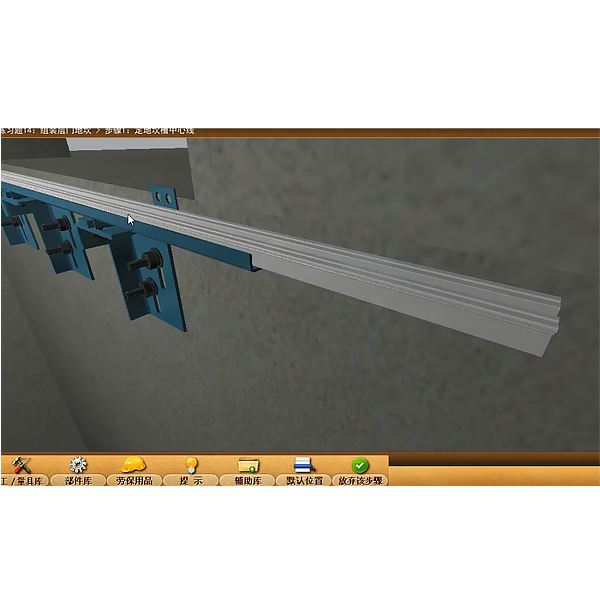
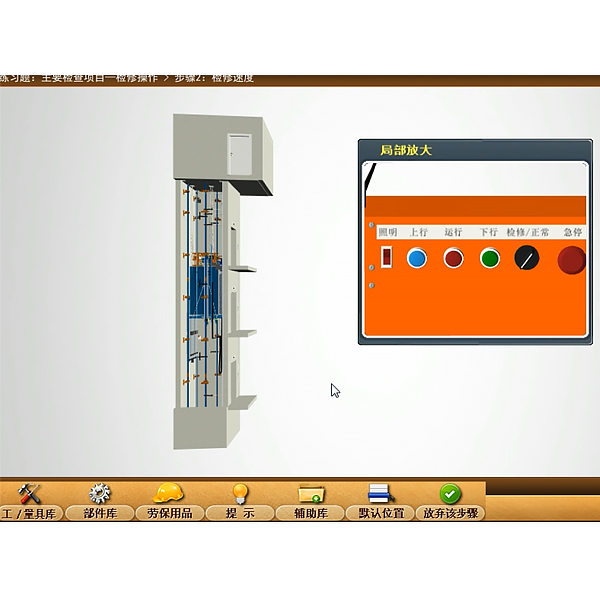
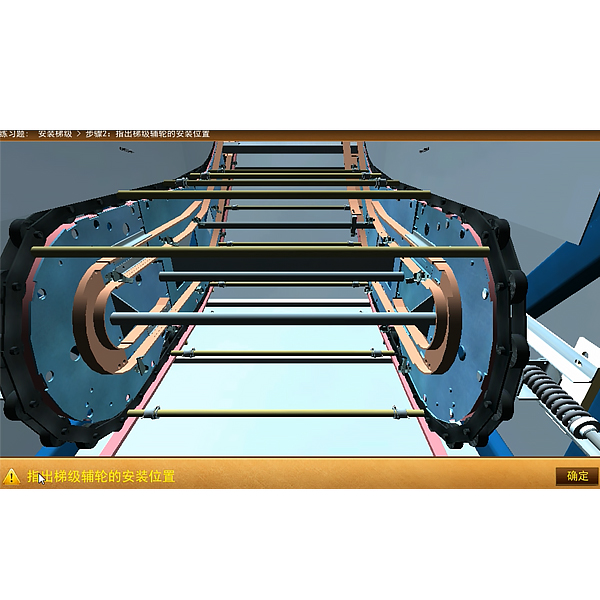
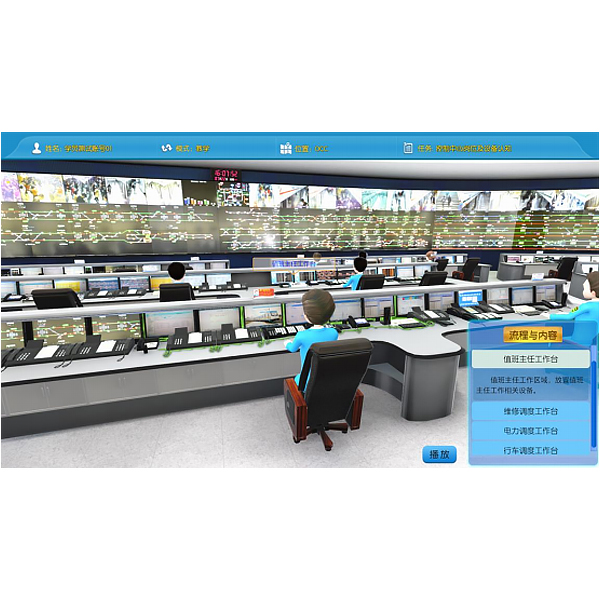
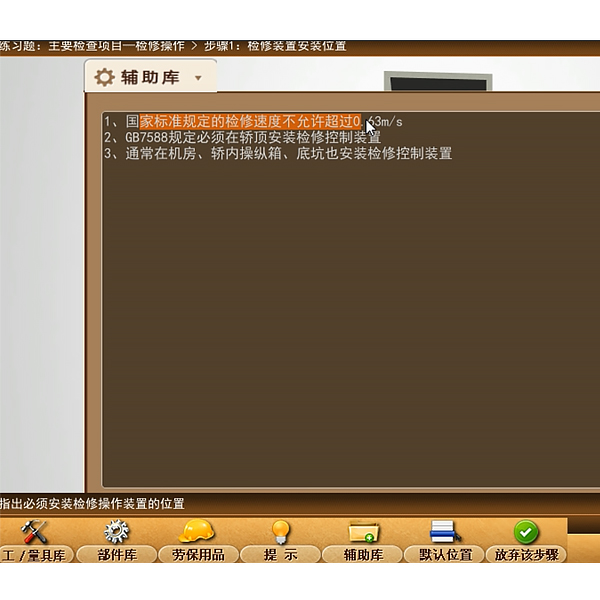
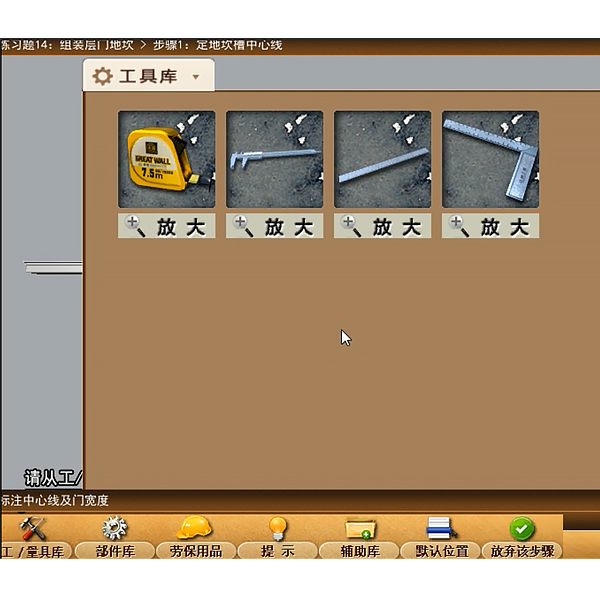
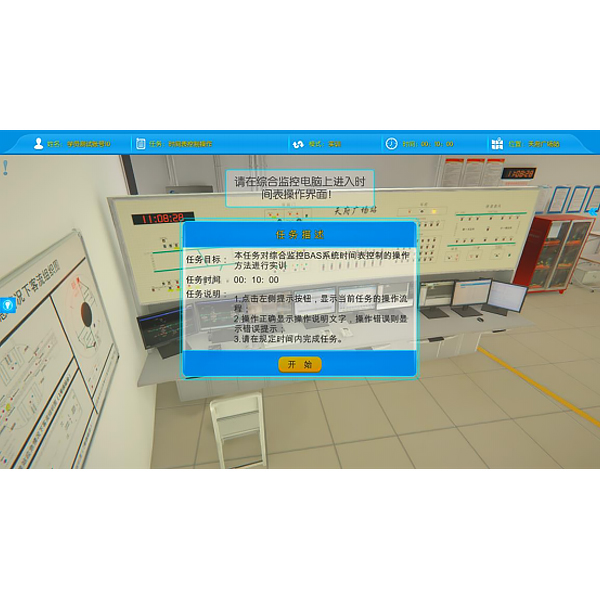
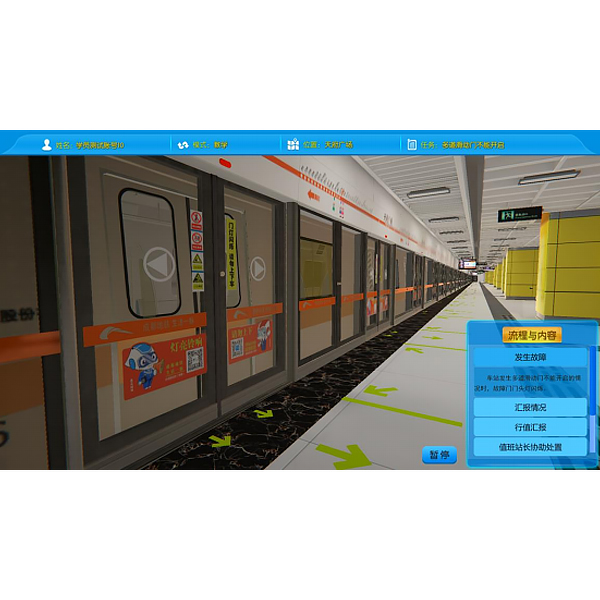
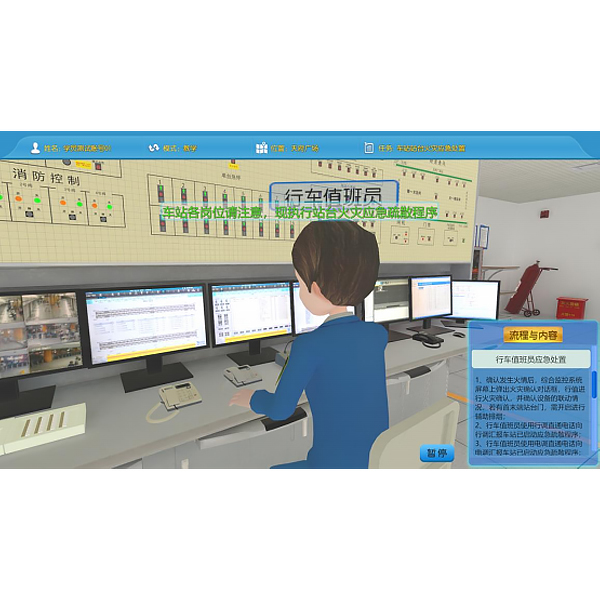



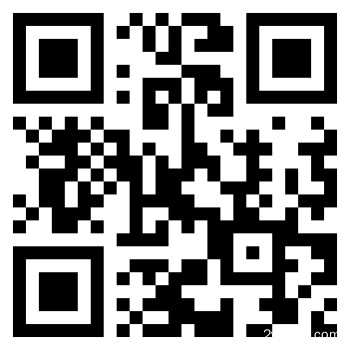 Wechat scan code follow us
Wechat scan code follow us
